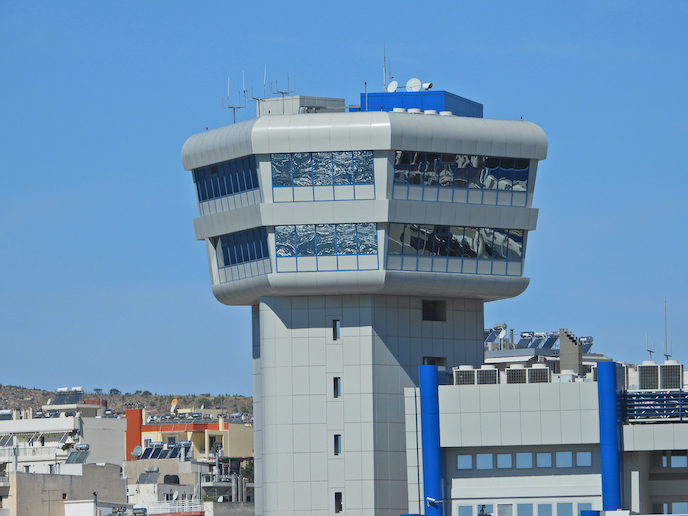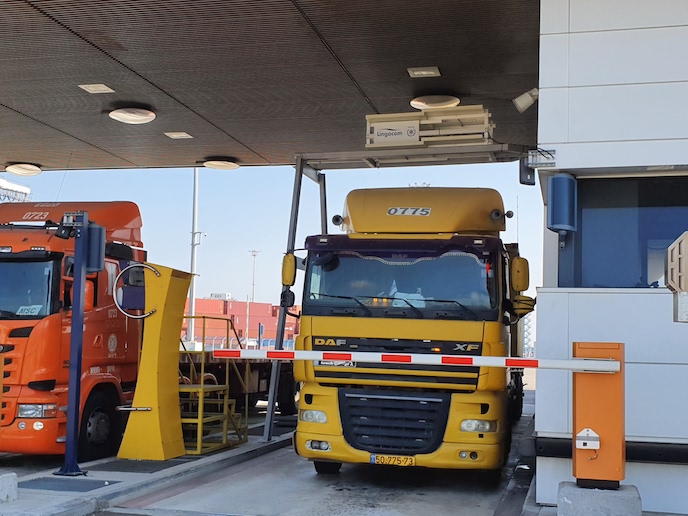Eyes and ears everywhere to protect Europe’s ports
Millions of passengers and billions of tonnes of goods transit through European ports every year, making them both a key asset to protect and a potential target for criminal attacks. The EU-funded SAURON project designed a new concept helping port authorities to deal with increasingly sophisticated threats targeting people or infrastructure as well as computer systems and often combining physical- and cyberattacks. “To protect EU ports, which are among the main critical infrastructures in Europe, the SAURON project proposes a single software solution offering physical, cyber and hybrid situation awareness and an emergency population warning system,” explains Rafael Company, director of Safety and Security at the Valenciaport Foundation, and SAURON project coordinator. “Together, these four components help port security staff prevent and mitigate incidents by making them aware of any potential risk and providing information they can use to protect the general population in the vicinity.”
360° and beyond
How does the system work in practice? SAURON builds on existing port security tools such as cameras, sensors and fire alarms, and complements these with cutting-edge security technology equipped with new sensors, such as drone-mounted cameras and facial recognition. The system uses an IT platform monitoring and analysing data from multiple sources and generating alerts when anomalies are detected, whether in the ‘real world’ or in cyberspace. New visualisation techniques such as 3D models and virtual reality scenarios enable operators to view and evaluate on- and offline threats in real time, thereby supporting quick decision-making. In dangerous situations, the early warning system can be triggered to alert authorities and the public.
Effective threat detection
During the pilot phase, SAURON was deployed in four European ports where cyber, physical and hybrid terrorist attacks were simulated to test the concept. At the Port of Sagunto in Spain, for instance, a drone was used to monitor a truck with dangerous goods inside the port. “We were able to detect and manage the incident through the system, and to send the port police to handle it,” Company notes. During another simulation, this time at the Port of Piraeus in Greece, the system was used to foil a staged terror plot in which the computer of the port security officer was compromised with a view to targeting passengers at a cruise terminal. In this case also, SAURON effectively enabled the trial participants to detect and prevent the attack.
Broad prospects
Based on these successful trials, four potential end users have already expressed an interest in deploying SAURON in the future. While the project has focused on European ports, the concept developed has the potential to provide improved security in other areas. “Although the system has been proven in port and maritime environments, all its components are easily adaptable to critical infrastructure in other industries such as energy, water or communications,” says Company. The project team has just been awarded EU funding for a new project which will enable it to further enhance the system and explore opportunities for broadening its scope.
Keywords
SAURON, port security, hybrid terrorist attack, threat, critical infrastructure, cyberattack, situation awareness







